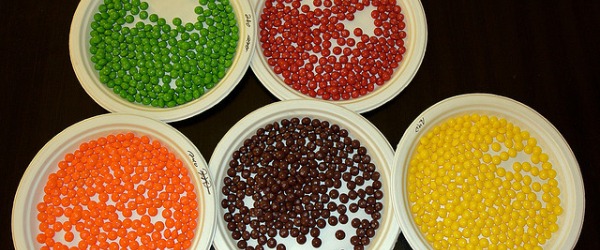If you are establishing a flow core facility or even setting up just one cytometer, then you need to know a few things before you plan your new lab and start looking at purchasing cytometers:
Before You Start
1. Know Your Customer
It’s really important to know if you are going to be setting up and running a core just for one group or if this will be a larger core with multiple groups using it. This will help you to establish the instruments needed and staffing levels.
2. Who’s the Boss?
It helps to find out right from the beginning who makes the decisions within the core, such as purchasing a new instrument for example. Some cores operate so that the core manager makes decisions and others operate that the core manager advises others on purchases.
Purchasing Your Machine
Purchasing your cytometer can be a minefield but here are a couple of hints:
Enjoying this article? Get hard-won lab wisdom like this delivered to your inbox 3x a week.

Join over 65,000 fellow researchers saving time, reducing stress, and seeing their experiments succeed. Unsubscribe anytime.
Next issue goes out tomorrow; don’t miss it.
3. Future-proof Your Cytometer – but Be Realistic
Think about what experiments you are doing now. If you are only doing 4 colors, then you maybe limiting yourself if you buy a 4-color cytometer. You might be better to purchase a 7- or 8-color instrument, which means it will be ‘easy’ to add colors in the future. Try to think 2–5 years in the future. However, it might not be realistic to think more than 5 years ahead, as there can be huge advances in technology in 5 years. Another thing to know is that some instruments can be upgraded to add extra lasers and detectors, which can be cheaper than purchasing new cytometers.
4. Bargain Hard with Your Rep
Get to know your sales reps and bargain hard with them. There is a range of instruments available for a range of money. It might be cost effective to rent a cytometer if you only need it for a short period of time.
5. Additions to your machines
You can get some additions to cytometers than can make your lab more time efficient; these include high-throughput systems, tube carousels, robotic handling and built-in bead separation.
6. Support for Your Cytometer
You need to know what customer support is available from the cytometer manufacturer. Will there be training and applications support? Another important thing to find out is, how many engineers they have, do they live close by and what is the call out time. You should also find out the delivery and installation times.
Location, Location, Location
Where is the core going to be? In its own room, or in the corner of lab? There are several things you need to take into consideration when setting up a core lab
7. Space
Don’t forget, with most cytometers the engineers need to get to all sides of the machine and therefore you need to make space around the machine for that. When planning your lab, don’t forget to allow space for people to sit at the machines, especially if you are trying to fit 2 machines together in a corner of the lab. Also remember that often 2 people come together to use a cytometer, so you need space for 2 chairs
8. AC
Cytometers have lasers in them and they kick out heat, meaning your lab temperature will increase. Cytometers, especially sorters, operate best in a consistent temperature. You will need to assess whether your current AC unit can cope or whether you need an additional one. Don’t forget that other pieces of kit, lights and people give off heat too, so take that into consideration.
9. Plug Sockets
Make sure you have enough data sockets and plug sockets. You usually need one for the cytometer, one for the computer, one for the monitor. But, don’t forget about the vortex, which will be next to the machine and of course one for the radio!
10. Additional Equipment
Don’t forget that you will need to purchase other bits of equipment for your lab. These will include pipettes, tubes and cell filters. However, you might want to factor in for cost and space, large pieces of equipment such as a tissue culture hood, a fluorescent microscope or a centrifuge. Hopefully this helps you get on your feet when starting your own Core Flow Lab!
You made it to the end—nice work! If you’re the kind of scientist who likes figuring things out without wasting half a day on trial and error, you’ll love our newsletter. Get 3 quick reads a week, packed with hard-won lab wisdom. Join FREE here.








